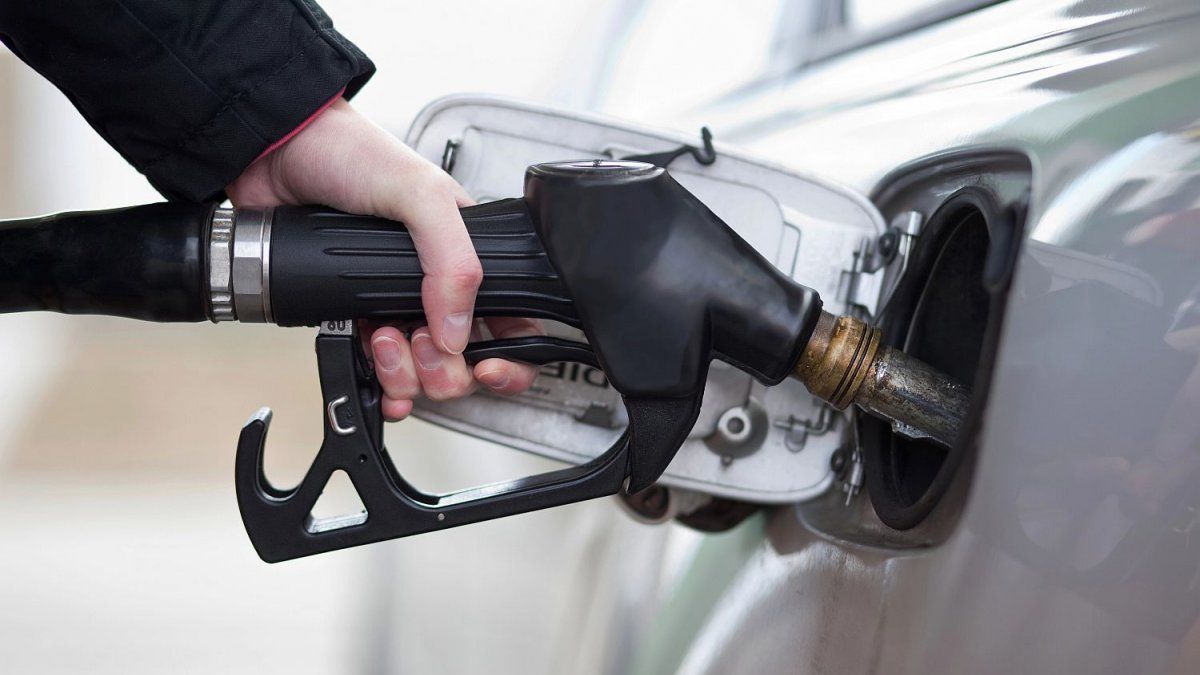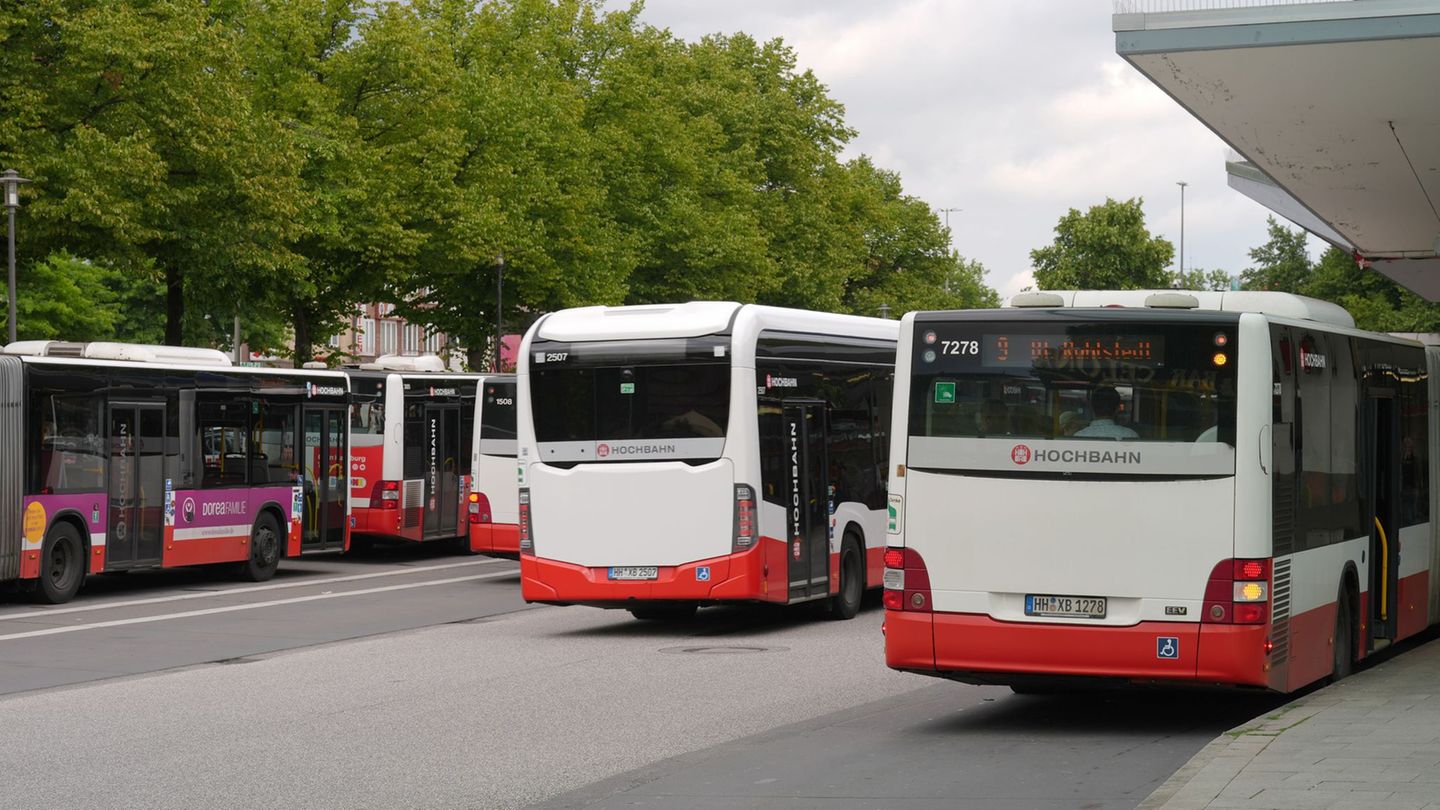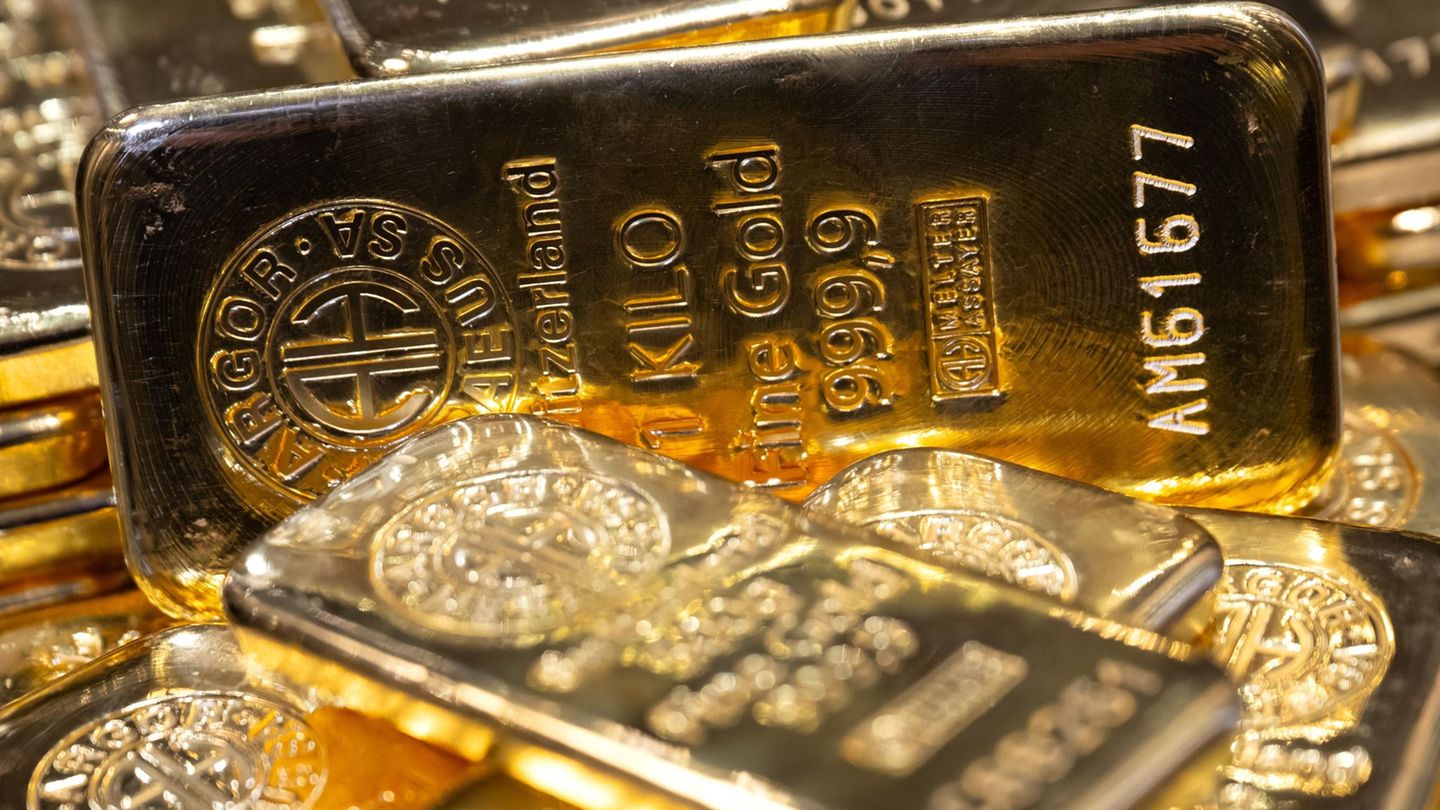The Fuel Tax should rise by 53% on May 1st. This increase, if carried out, could generate an impact on the prices of the supplier of the 8% in CABA and 7% in Cordova. In addition, oil companies could add 2% due to the devaluation of the dollar. The update would come at a time where the sector assures that the liter of super gasoline fell 13%after the peak it reached in January.
The Government has decided to increase the Tax on Liquid Fuels (ICL). Hindering the objective of continuing the inflationary slowdown, the Argentine Institute of Fiscal Analysis (IARAF) estimates that with an increase in the fixed amount tax of $70, the tax would rise from $132 to $202 per liter of gasoline, that is, it would have an increase of 53%.
Under the assumption of full transfer, Nadin Argañaraz, president of the IARAF, considers that this increase would imply going from a value per liter of $837 to $907 in CABA -taking the reference value provided by YPF- and $966 to $1,036 in Cordova. This is an update of 8.3% and 7.2% respectively.
The tax increase, in line with recovering the real value in arrears, was defined in four stages, according to decree 107/24. The Argentine Confederation of Workers and Employees of Hydrocarbons, Energy, Fuels, Derivatives and Related Products (CATHEDA) maintains that Javier Milei’s management could raise more than $3 billion for this concept, that is 0.5% of GDP, as it was known when the ICL thaw began.
In March, the last data collected by the AFIP, tax collection already included the $82,482 million for fuels, a nominal increase of 215%, although in real terms it meant a drop in 18.8% year-on-year.
The next update will be important because it would complete the incorporation of the 2023 inflation. However, due to its participation in the CPI, Argañaraz estimates that the economic portfolio led by Luis Caputo could choose to divide the increase into two tranches, raising the tax at $35 every monthbetween May and June.
“In this case, the tax would increase by 26.5% in May and 20.9% in June. At current prices, it would imply an increase in CABA of $837 to $872 (+4.2%) in May and $872 to $907 (+4%) in June. In Córdoba, it would mean an increase from $966 to $1,001 (+3.6%) in May and from $1,001 to $1,036 (+3.5%) in June,” estimates the organization’s report.
At the beginning of July the jump will also be important: the ICL would have to be adjusted based on the accumulated inflation of the first quarter of this year. Indeed, according to the IARAF institute, on July 1 the tax should increase by 51.6%, rising to $306 per liter.
On the other hand, an important fact has to do with the real evolution of the fixed amount tax on fuels between 2018 and the present. “It can be seen that the tax maintained its real value between April 2018 and March 2021 at around $250 and $300 in constant pesos of April 2024.“, maintains IARAF.
Then a process of decreasing its value begins due to the lack of nominal updating of the tax and the inflation of the period: “The minimum real value of the tax occurred in the month of January of the current year ($38),” adds the report.
Subsequently, an honesty and recomposition of the real value of the tribute began, which in May of this year would end in $191“same real value as it had in April 2022”. And it will continue to be updated based on quarterly increases according to the previous quarterly CPI, in accordance with the regulations.
Likewise, considering the honesty of the tax – and the additional increases determined by the oil companies – the evolution of the real value of the liter of super gasoline in CABA fell in real terms by 13%after reaching its peak in January 2024.
The sector is already alerted to this. The situation is presented as a threat to the hydrocarbon policy used by the current administration: the intention of the ruling party is nothing more than to equate the sales prices of a liter of gasoline and a barrel of oil with those of the market.
The goal is to bring the value that consumers pay to import parity prices, a value that today would be around US$1.2 per liter of super gasoline at service stations. That value, according to industry sources, could close the gap of around 15%-20% between the price of a barrel produced locally and the international price (Brent), achieving export price parity (export parity) for crude oil.
In any case, the sector estimates that the increases may not have the same virulence as at the beginning of the year. Not only due to the fall in purchasing power, but also due to the desire of the Minister of Economy to continue with downward inflation, a situation that contradicts the policy of non-intervention.
Given the economic context, one source estimates that it will not be before the third or fourth quarter. “We are going to look for the price in a slower way, but already outlined on the horizon”, he concludes.
Source: Ambito




